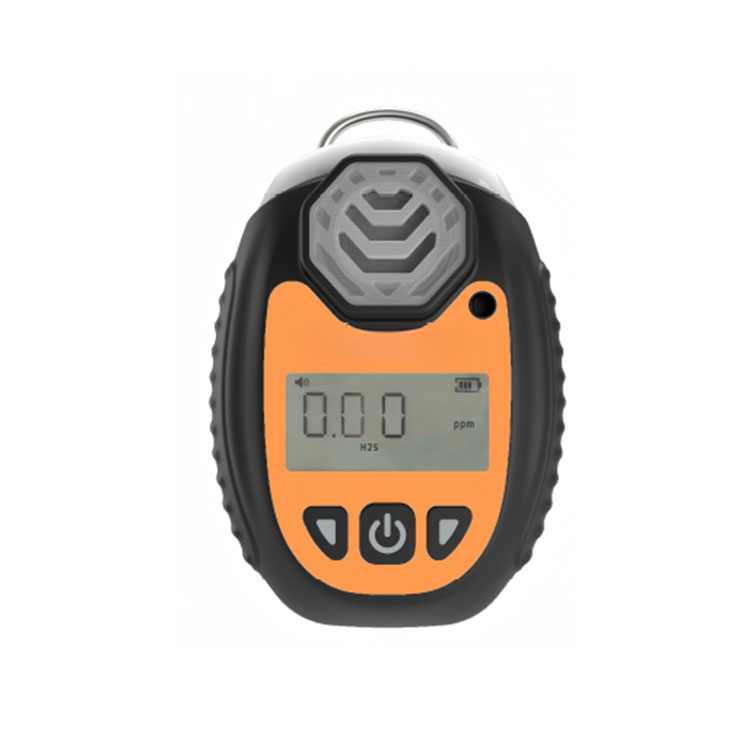How to use a Portable Gas Detector
2024-12-20
Using a portable gas detector effectively is essential for ensuring safety in environments where hazardous gases may be present. Here's a step-by-step guide on how to use a portable gas detector:

1. Understand the Device
Before using the detector, familiarize yourself with its features, buttons, and the gases it is designed to detect. Most detectors are capable of identifying gases like carbon monoxide (CO), hydrogen sulfide (H2S), oxygen (O2) levels, and flammable gases.
2. Pre-Use Checks
- Inspect the Device:
- Check for physical damage, such as cracks or loose parts. Ensure the sensors are clean and unobstructed.
- Battery Level:
- Confirm the battery is fully charged or has sufficient power for the intended duration of use.
- Calibration:
- Verify that the detector has been calibrated recently. Calibration ensures accurate readings and should be done per the manufacturer’s guidelines.
- Some detectors have an auto-calibration function; others may require manual calibration using calibration gas.
- Bump Test:
- Perform a bump test to ensure the sensors respond to known concentrations of gases. This is a quick functional test to confirm proper operation.
3. Set Up the Device
- Turn It On:
- Press and hold the power button as indicated in the user manual. The device will typically go through a self-check process.
- Set Alarm Levels (if applicable):
- Ensure the alarm thresholds for each gas are correctly configured according to safety standards for your environment.
4. Using the Detector
- Carry It Properly:
- Position the detector in a location where it can sample air effectively, such as clipped to your belt, pocket, or helmet at breathing height.
- Monitor Continuously:
- Keep an eye on the readings. Most detectors will emit audible, visual, or vibration alarms if gas levels exceed safe thresholds.
- Test the Environment:
- Use the detector to sample air in various areas of your workspace.
- Move slowly, particularly in confined spaces, to allow the detector time to analyze the air.
5. Respond to Alarms
- Evacuate if Necessary:
- If the detector alarms, leave the area immediately and alert others.
- Follow your organization's emergency response protocol.
- Verify the Reading:
- Ensure the alarm was not caused by a false positive (e.g., sudden shock or contamination of the sensor).
6. Post-Use Care
- Turn Off the Detector:
- Power down the device following the manufacturer's instructions.
- Clean and Store:
- Wipe the detector clean with a soft cloth and store it in a safe, dry place.
- Recharge or Replace Batteries:
- Recharge the device if it has a rechargeable battery, or replace batteries if required.
- Log Usage:
- Document the detector’s usage and any alarms in your records. This is useful for maintenance and compliance.
Tips for Optimal Use
1. Regular Maintenance:
- Schedule routine maintenance and sensor replacements as specified by the manufacturer.
2. Environmental Awareness:
- Be mindful of potential interferences like high humidity, dust, or electromagnetic fields that might affect the readings.
3. Training:
- Ensure all users are trained in using the specific gas detector model.
4. Know the Limits:
- Understand the detector’s limitations, such as the range of gases it can detect and the conditions under which it might fail.
Using a portable gas detector correctly can prevent accidents and save lives. Proper handling, regular maintenance, and immediate action when alarms sound are crucial for maximizing its effectiveness.

